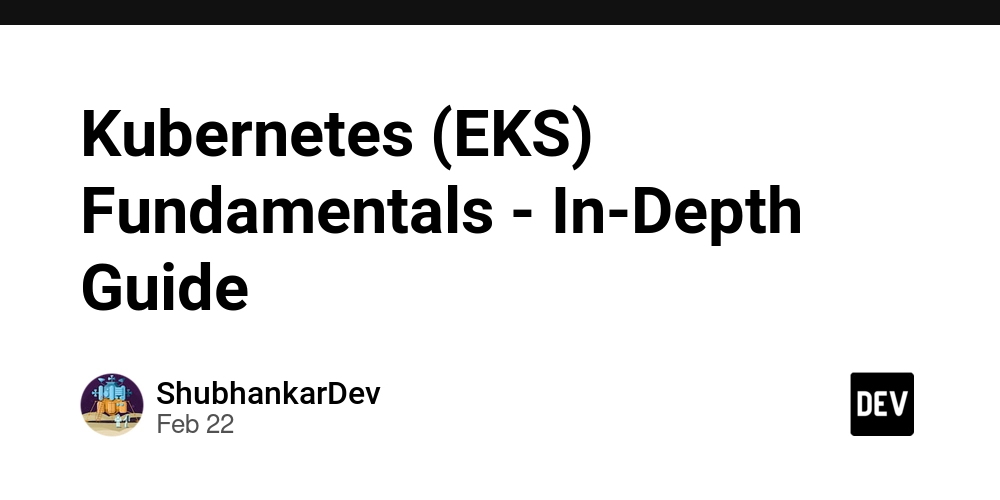Why Flutter Is Still the Best Choice for Cross-Platform Development in 2025: A Mission Impossible Story
Introduction: The Cross-Platform Wars – Ethan Hunt vs. Legacy Code Once upon a time, mobile developers had a choice: go native (expensive but powerful) or suffer through hybrid frameworks (cheap but laggy). It was the ultimate Mission: Impossible—create an app that runs smoothly on iOS, Android, Web, and Desktop. Then, Flutter arrived like Ethan Hunt dropping from the ceiling—fast, smooth, and able to blend in anywhere. Fast forward to 2025, and despite new challengers like Kotlin Multiplatform and React Native’s improvements, Flutter is still doing the impossible (without a stunt double). But why? Is it the sheer power of Dart? The beautifully crafted UI components? Or the fact that it makes you feel like a coding secret agent? Let’s break it down. 1. Performance: Flutter Runs Like Ethan Hunt on a Motorcycle Flutter isn’t just fast; it’s Tom Cruise-running-at-full-speed-in-every-movie fast. Unlike React Native, which uses a JavaScript bridge (a.k.a. traffic congestion), Flutter compiles directly to native ARM code. This means: Smoother animations (Flutter can hit 120 FPS on capable devices) Less CPU overhead Lower battery consumption (because efficiency matters when you’re being chased by rogue agents)

Introduction: The Cross-Platform Wars – Ethan Hunt vs. Legacy Code
Once upon a time, mobile developers had a choice: go native (expensive but powerful) or suffer through hybrid frameworks (cheap but laggy). It was the ultimate Mission: Impossible—create an app that runs smoothly on iOS, Android, Web, and Desktop.
Then, Flutter arrived like Ethan Hunt dropping from the ceiling—fast, smooth, and able to blend in anywhere.
Fast forward to 2025, and despite new challengers like Kotlin Multiplatform and React Native’s improvements, Flutter is still doing the impossible (without a stunt double).
But why? Is it the sheer power of Dart? The beautifully crafted UI components? Or the fact that it makes you feel like a coding secret agent? Let’s break it down.
1. Performance: Flutter Runs Like Ethan Hunt on a Motorcycle
Flutter isn’t just fast; it’s Tom Cruise-running-at-full-speed-in-every-movie fast. Unlike React Native, which uses a JavaScript bridge (a.k.a. traffic congestion), Flutter compiles directly to native ARM code.
This means:
- Smoother animations (Flutter can hit 120 FPS on capable devices)
- Less CPU overhead
- Lower battery consumption (because efficiency matters when you’re being chased by rogue agents)













































































































































































![[The AI Show Episode 142]: ChatGPT’s New Image Generator, Studio Ghibli Craze and Backlash, Gemini 2.5, OpenAI Academy, 4o Updates, Vibe Marketing & xAI Acquires X](https://www.marketingaiinstitute.com/hubfs/ep%20142%20cover.png)














































































































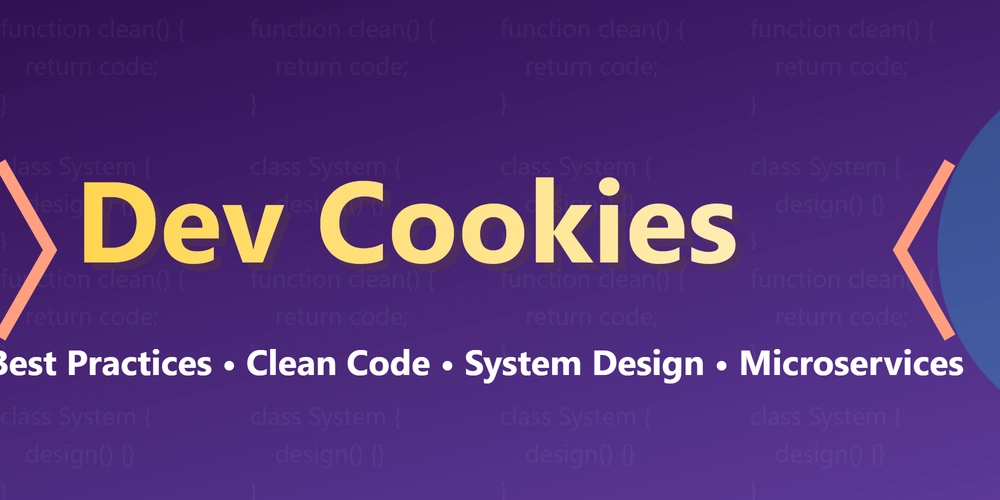

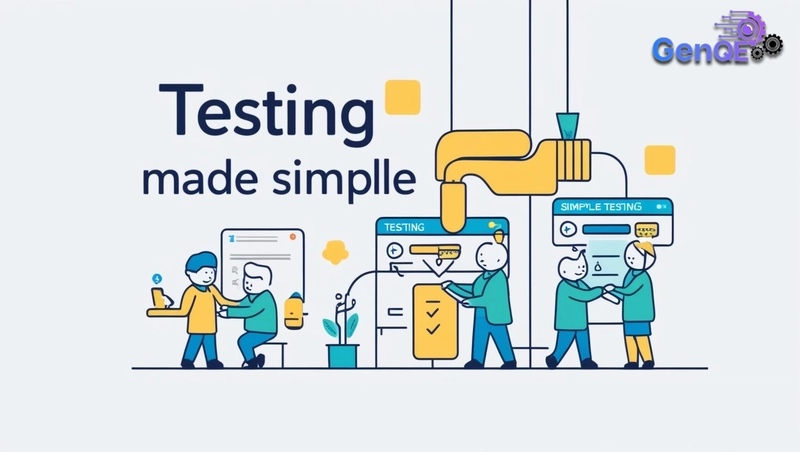
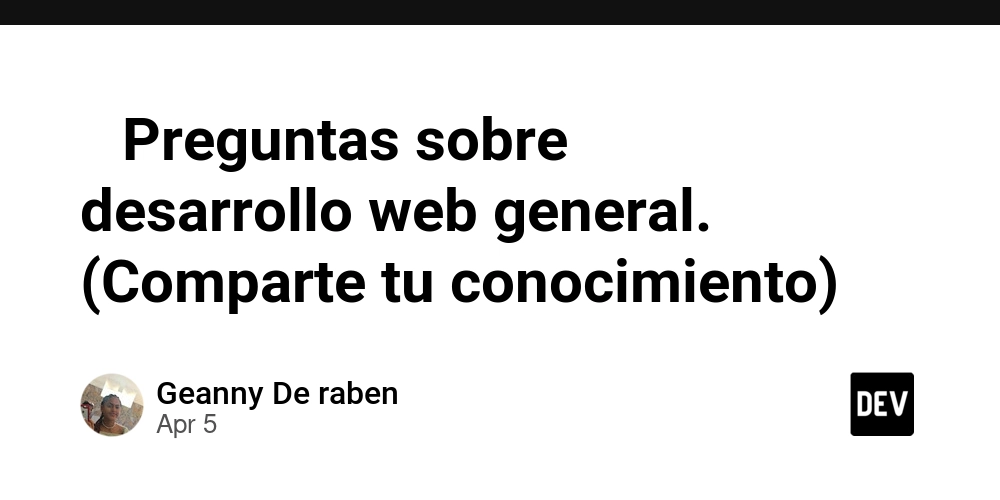









![[FREE EBOOKS] The Kubernetes Bible, The Ultimate Linux Shell Scripting Guide & Four More Best Selling Titles](https://www.javacodegeeks.com/wp-content/uploads/2012/12/jcg-logo.jpg)



![From drop-out to software architect with Jason Lengstorf [Podcast #167]](https://cdn.hashnode.com/res/hashnode/image/upload/v1743796461357/f3d19cd7-e6f5-4d7c-8bfc-eb974bc8da68.png?#)





































































































.png?#)





.jpg?#)
































_Christophe_Coat_Alamy.jpg?#)






































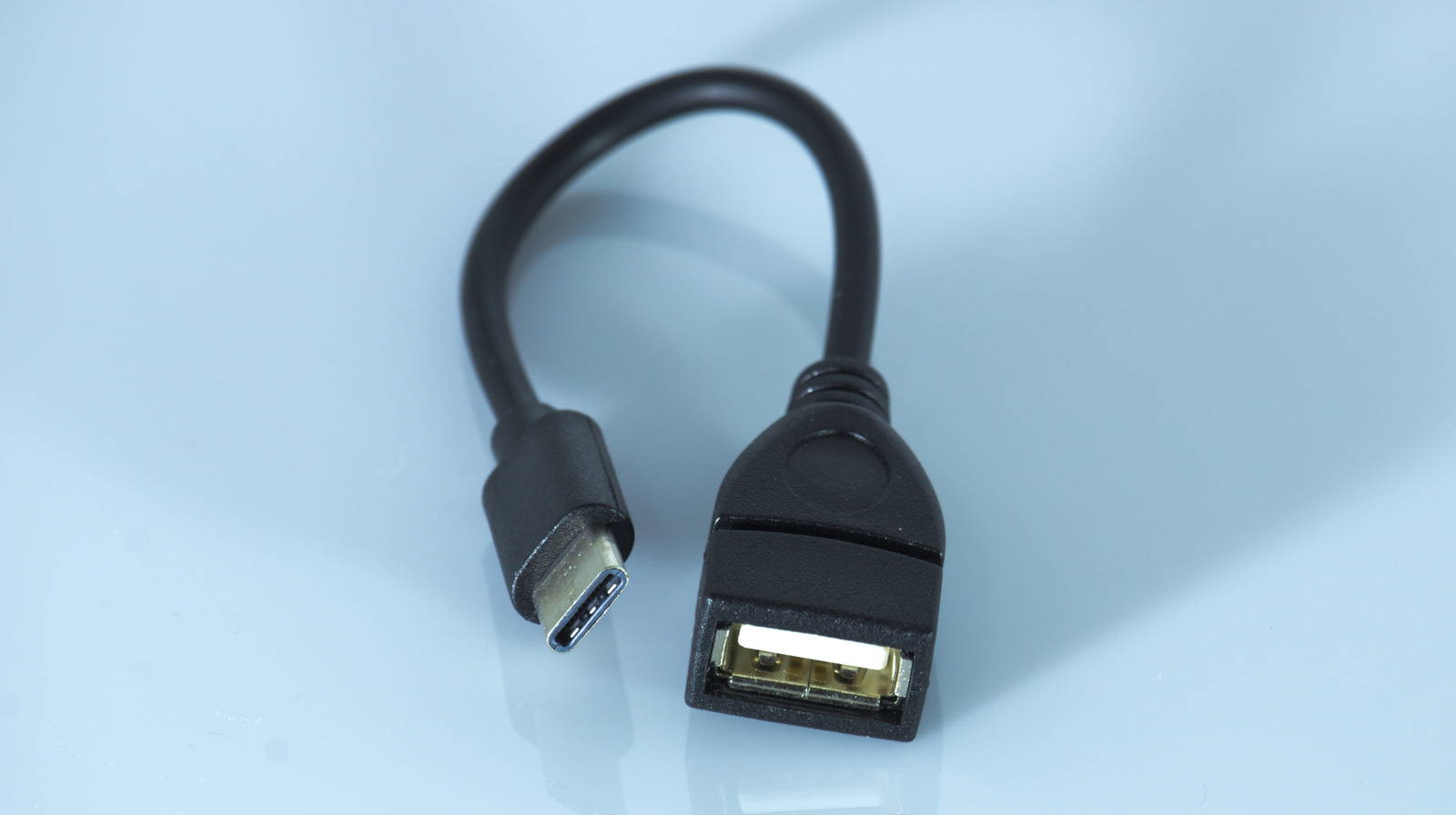



































































![Rapidus in Talks With Apple as It Accelerates Toward 2nm Chip Production [Report]](https://www.iclarified.com/images/news/96937/96937/96937-640.jpg)


































































































































